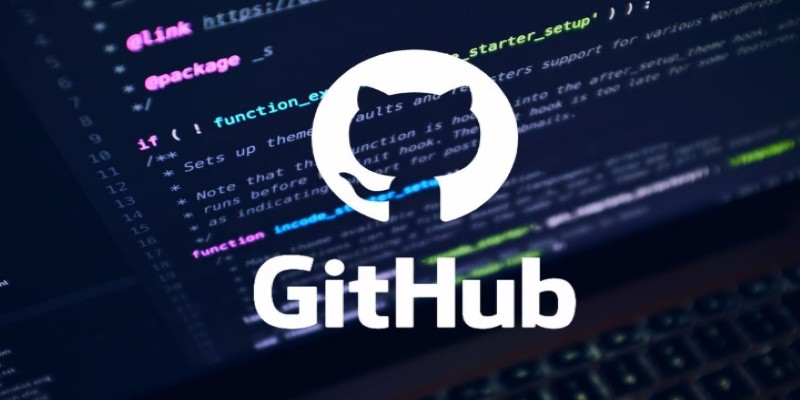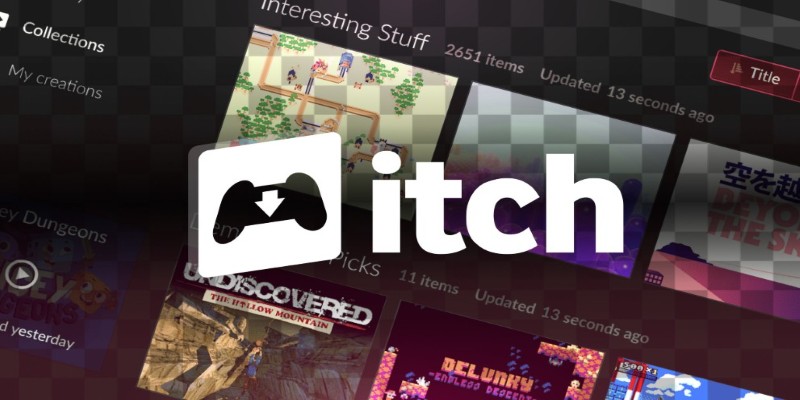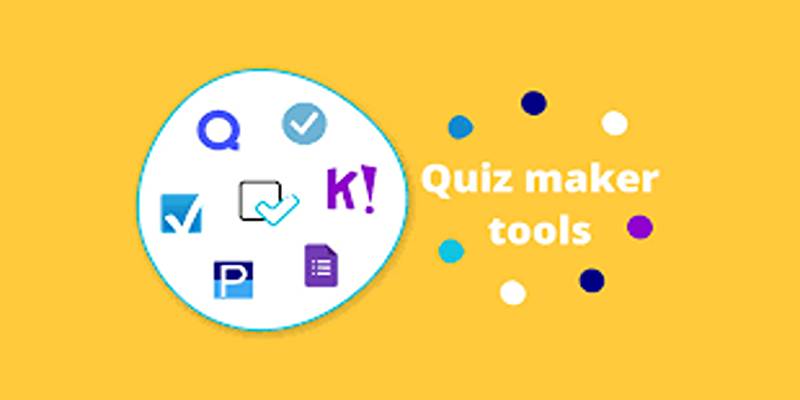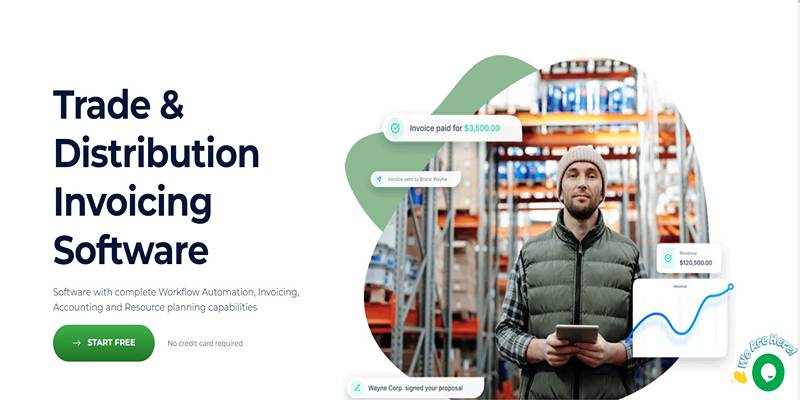Best Places to Submit Your New Software Project
Advertisement
Building a software project is only part of the process. The next step is putting it somewhere it can gain attention. Whether you've built a productivity app, a developer tool, or something that solves a problem you were tired of facing yourself, sharing it with the right crowd can bring feedback, traction, users—or even job offers. So, where should you post your project to give it a fair shot at being noticed, tested, and talked about? Here are some of the best platforms that welcome new software—and the people behind it.
What Are the Best Websites to Submit Your Software Project To?
Product Hunt
Product Hunt puts your project in front of an audience that’s genuinely curious about new tools. Products are listed daily, and they’re voted on by users. Those that rise to the top of the day’s list can reach a wide, tech-savvy crowd. What makes Product Hunt stand out is the kind of users it attracts—founders, developers, early adopters, and people with strong networks. A successful launch here can lead to press coverage, user feedback, and even investors reaching out. But even if you don’t get to the top, you still walk away with early users and meaningful input.
GitHub

GitHub is more than just a place to store code. For developers, it’s a portfolio. For teams, it’s a collaboration hub. And for anyone sharing a project, it’s a solid place to walk others through the structure and thinking behind your code. Repositories with clear README files, proper documentation, and consistent updates tend to do well here. When others see your code, they can fork it, contribute to it, or learn from it. If your goal is to get attention from other developers, open source contributors, or even potential employers, GitHub is the place to be. It adds technical credibility and shows you’re building in public.
Devpost
Devpost is a natural choice if you’ve just completed your project as part of a hackathon—or even if you didn’t. It’s often used by tech events to collect project submissions, but individual developers and teams also use it to showcase their work. Every project page lets you include details, links, team members, and a description of how it was built.
What’s helpful about Devpost is that it's designed for storytelling. You're not just uploading code; you're explaining the problem you’re solving, how you approached it, and what tools you used. That makes it easier for viewers to understand the full picture, even if they aren’t developers themselves.
Reddit (r/SideProject and r/opensource)
Reddit may not sound like the most structured platform but don't underestimate it. Subreddits like r/SideProject and r/opensource are filled with people looking to discover, support, or collaborate on software projects. These communities are straightforward: if your post is interesting and your project is useful, people will upvote it and respond. What sets Reddit apart is the conversation. You’re not just submitting a link—you’re starting a discussion. Expect a mix of responses—some useful, some blunt, and all of them usually honest. The format is informal, but the feedback can be meaningful and fast.
Itch.io
If your software project leans into games, art tools, simulations, or interactive experiments, Itch.io might be a good fit. While it’s mostly known for indie games, Itch.io is also open to experimental tools and creative software. You can upload your project, write a description, set a price (even $0), and reach users who are already exploring non-mainstream work.

The audience here is curious and open-minded. Even simple tools can do well if they're fun or unusual. If your project is playful or visually interesting, Itch.io gives you the freedom to present it your way without the expectations that come with more traditional software platforms.
Indie Hackers
Indie Hackers is more than just a forum—it’s a place where builders and solo developers share their progress, projects, and lessons. You can create a product page, post about your launch, and get advice from other people doing the same thing.
What works here is openness. If you’re transparent about your goals and you show progress, people respond well. They’ll ask questions, offer suggestions, and sometimes even become early users. It’s less about going viral and more about connecting with others who are trying to build something real.
How to Use Product Hunt to Submit Your Project
Product Hunt offers more than just a page to list your software—it’s a structured way to create a proper launch moment. Once you create an account, you can start crafting your submission. You’ll need a catchy tagline, a few images or GIFs, and a clear description. There’s also space to add topics, pricing info, your maker’s comment, and links to your website, social media, or GitHub. What matters most is timing. Projects go live at midnight PST, and the earlier in the day you're featured, the better chance you have of gathering upvotes.
Beyond setting up your post, you’ll need to be ready to talk about your work. That means replying to comments, thanking people for feedback, and answering questions. People notice when you’re involved. They also like transparency, so don’t be afraid to share what you’re building next or what motivated the project in the first place.
Final Thoughts
Submitting your software project isn't just about exposure—it's about finding the right place for the kind of work you've done. Some platforms are better for polished launches, while others are great for raw ideas and early feedback. Think about who your audience is and what kind of response you're looking for. Whether it's other developers, early users, or just people who enjoy seeing new ideas, there's a platform that fits. Once you've chosen where to share it, make sure you show the why behind your project—not just the what. That's usually what sticks.
Related Articles

Best Online Flip Clock Tools to Show Time on Any Device in 2025

10 Online Office Suites That Help You Work Smarter

AI Image Enhancement Tools for Better Photo Clarity and Resolution

Best Online Tools to Build Custom Quizzes for Any Use or Audience

Best Software to Manage Your Beauty Business Smoothly

Top Single-User Wiki Software to Organize Personal Notes Effectively

Top Digital Drawing Apps Every Artist Should Try

Top Software to Repurpose Content for All Digital Platforms

Top Invoice Platforms for Distributors and Trading Companies 2025

Best Visitor Check-In Software for Modern Workspaces

Best iPhone Apps to Track Driving Mileage Easily

 novityinfo
novityinfo